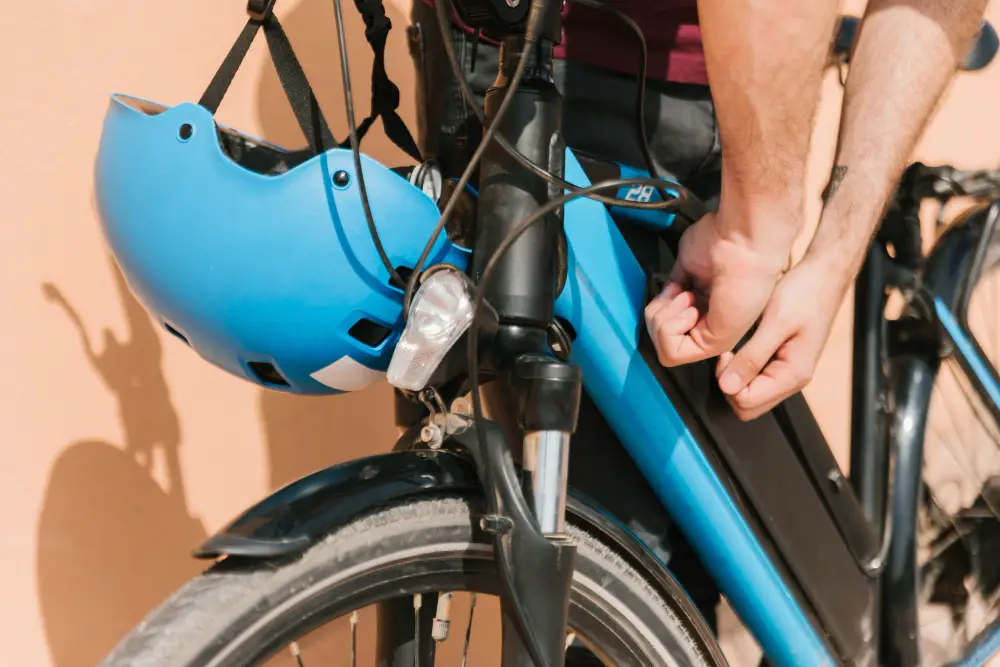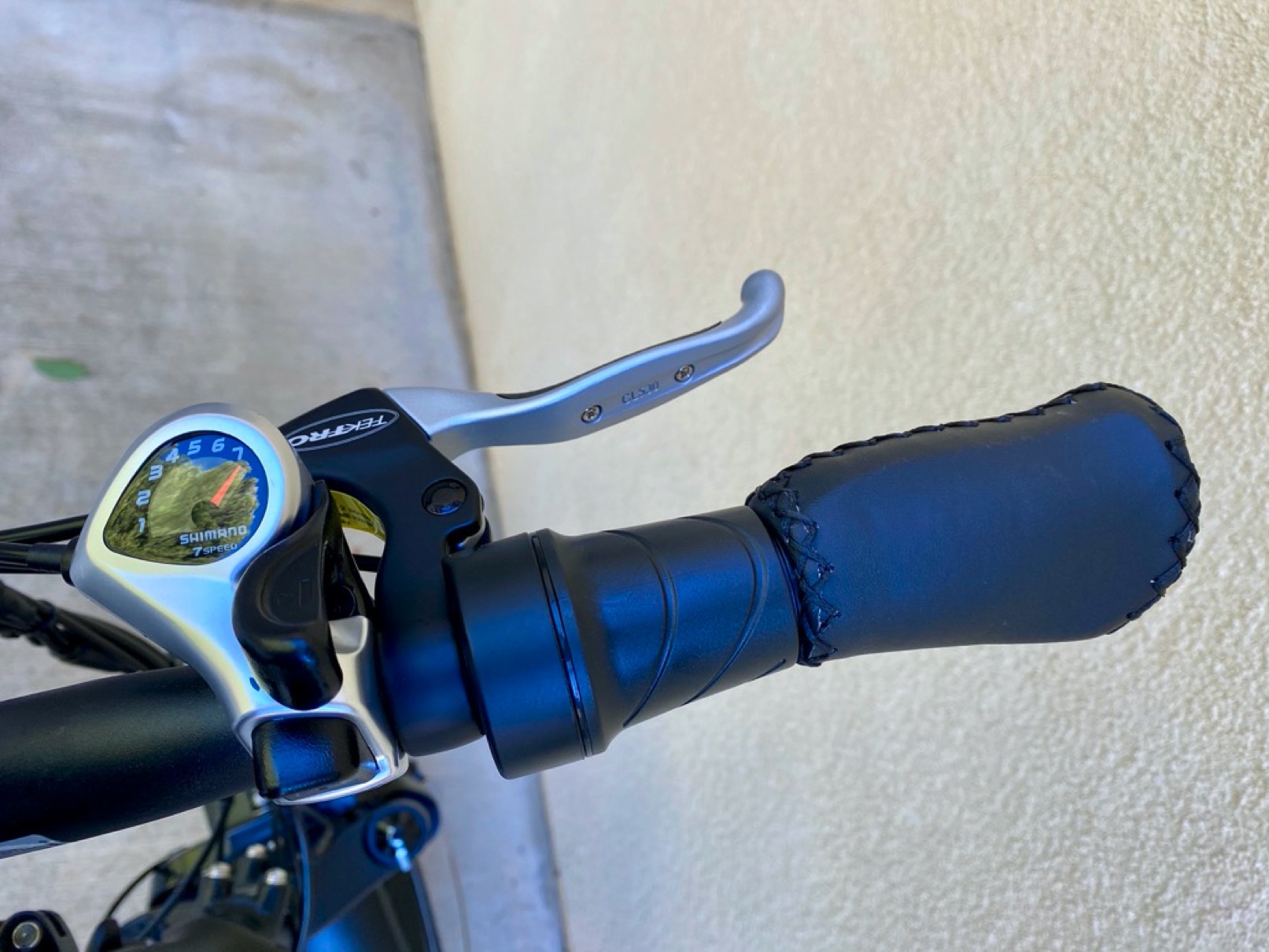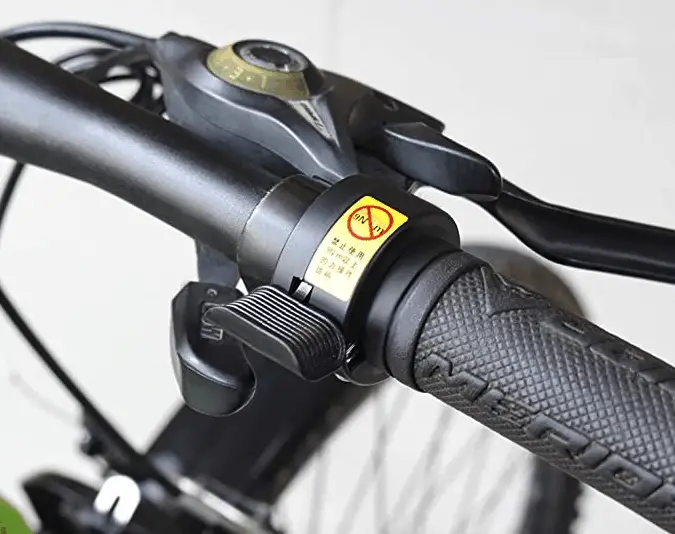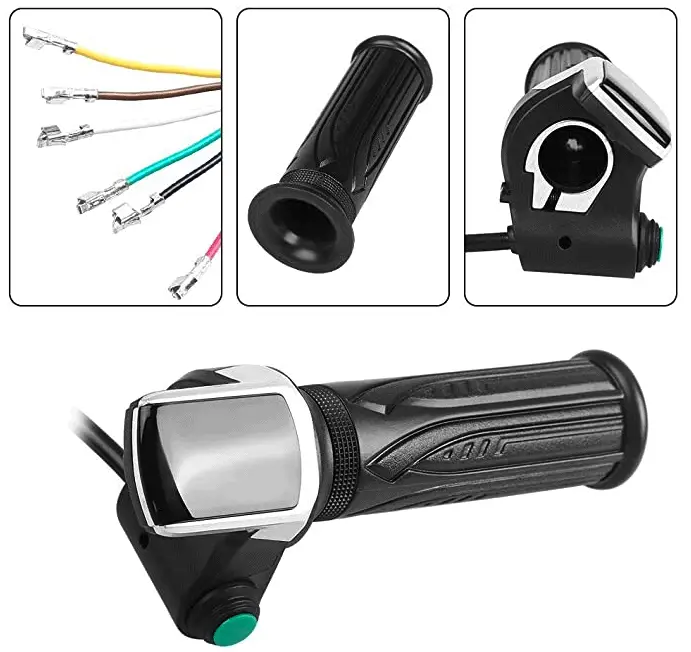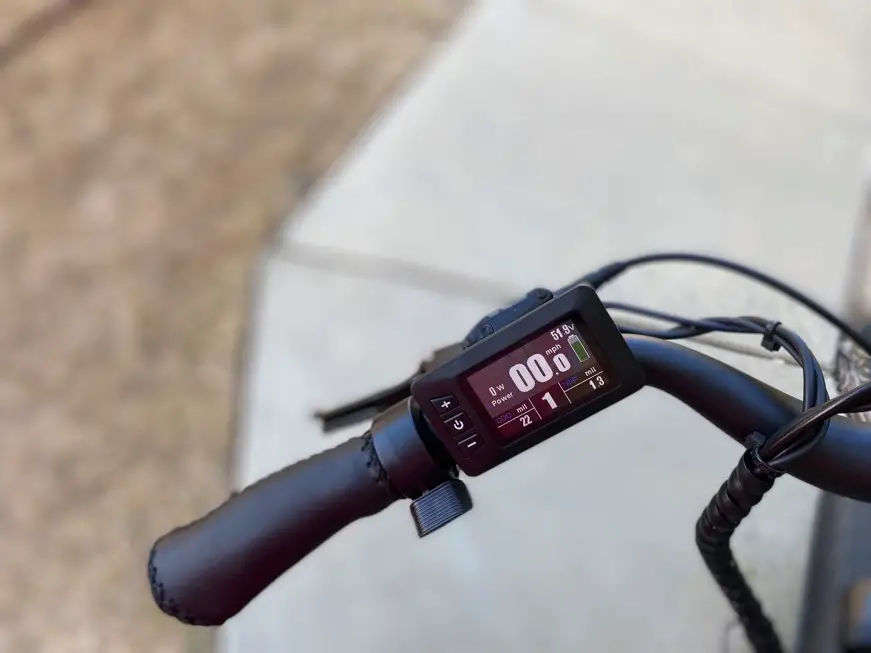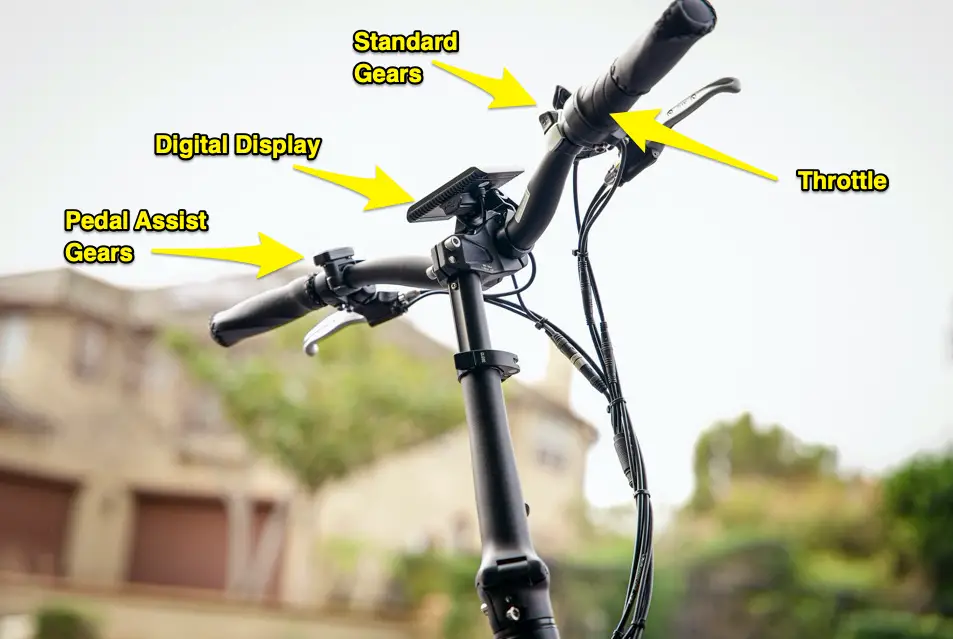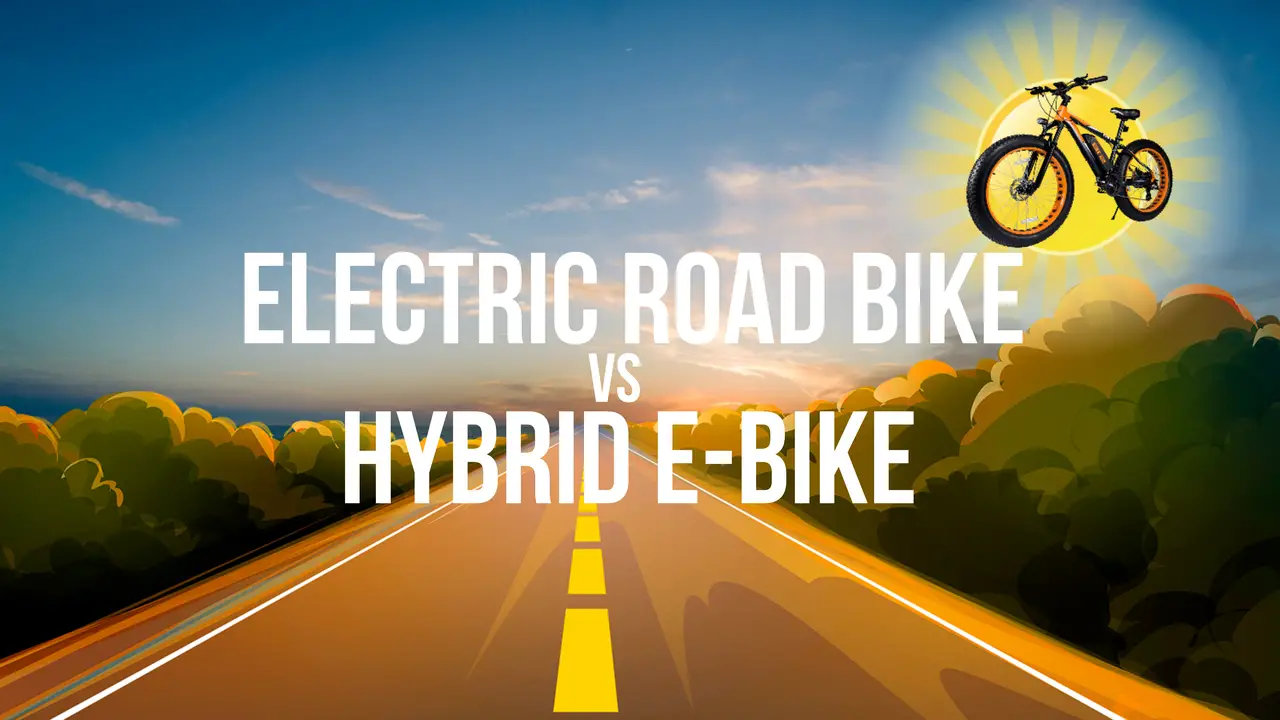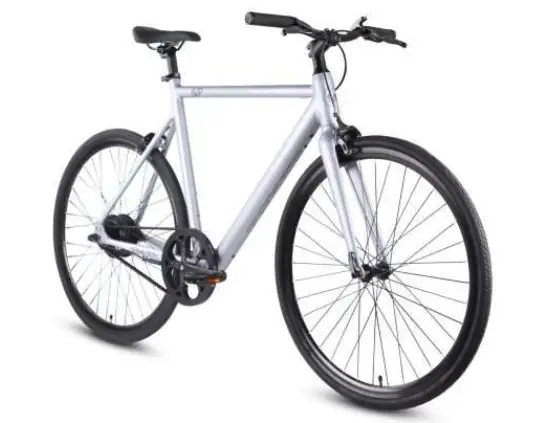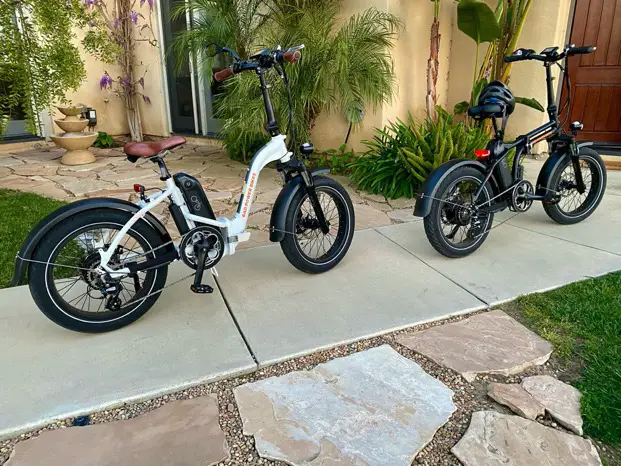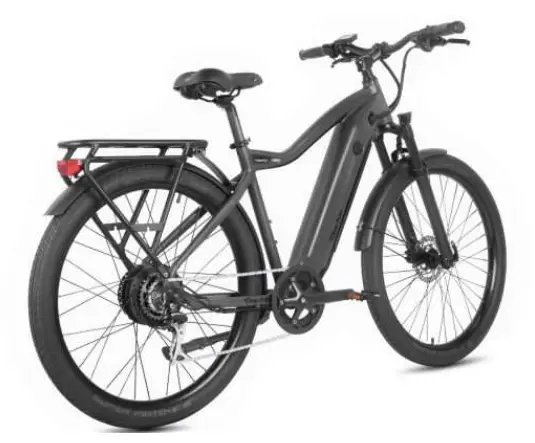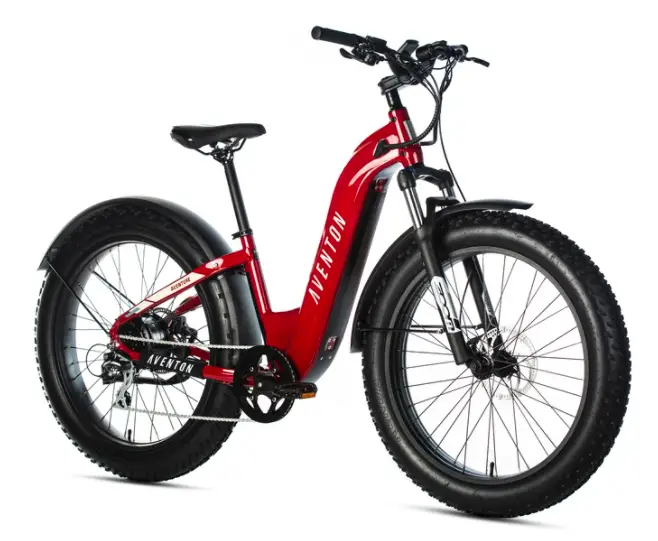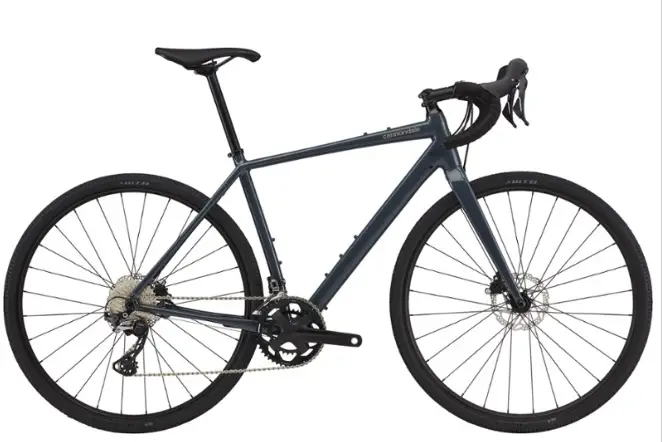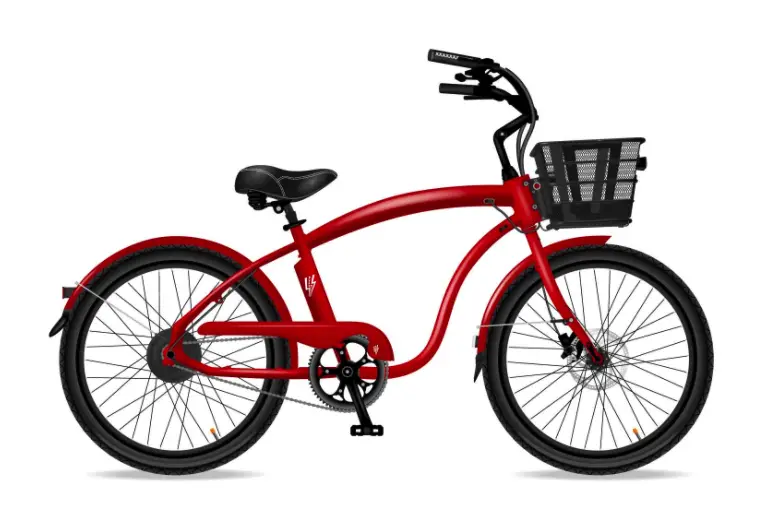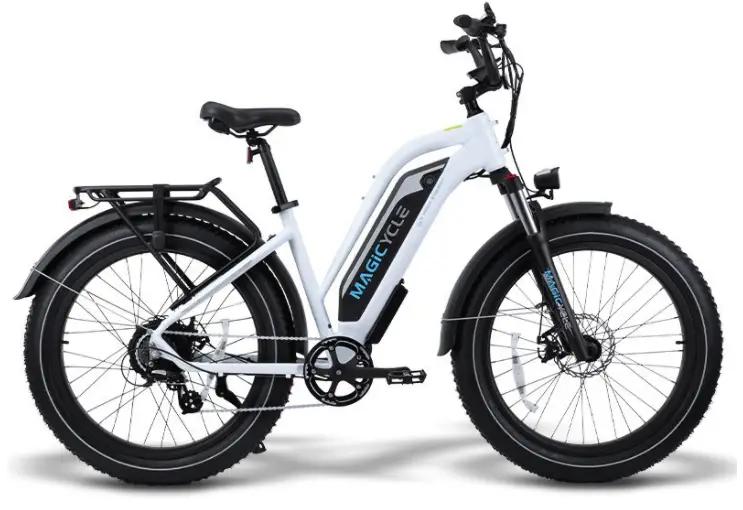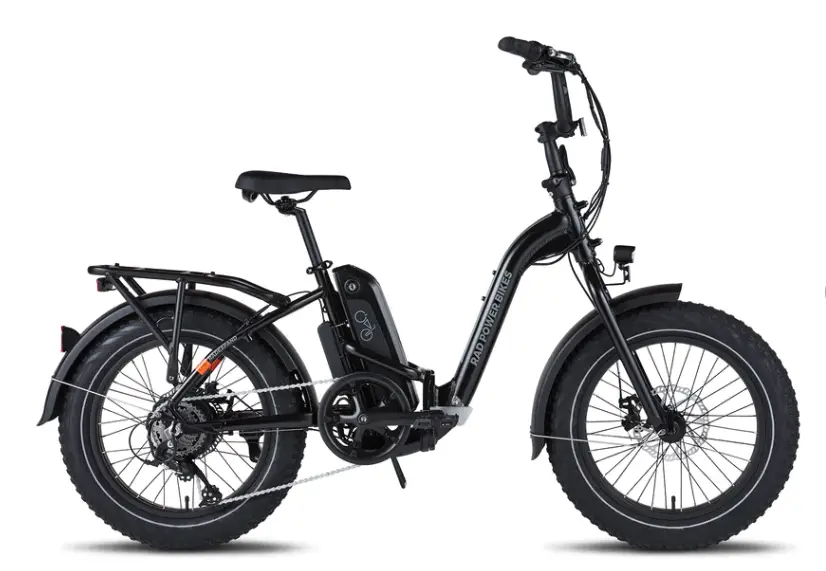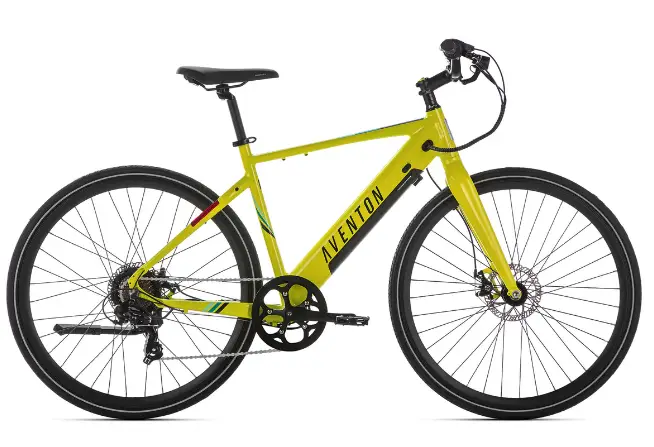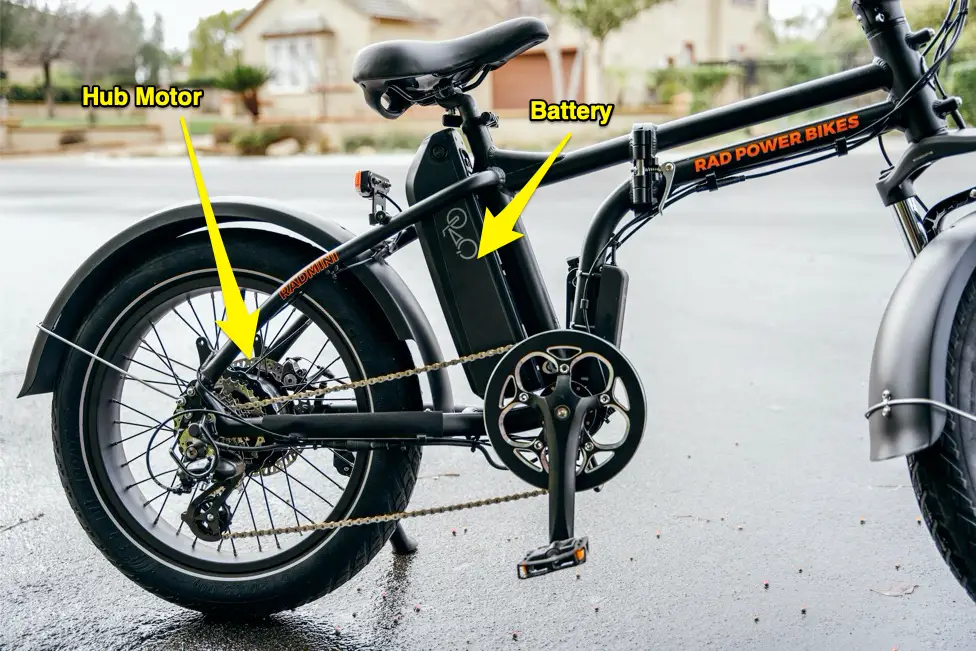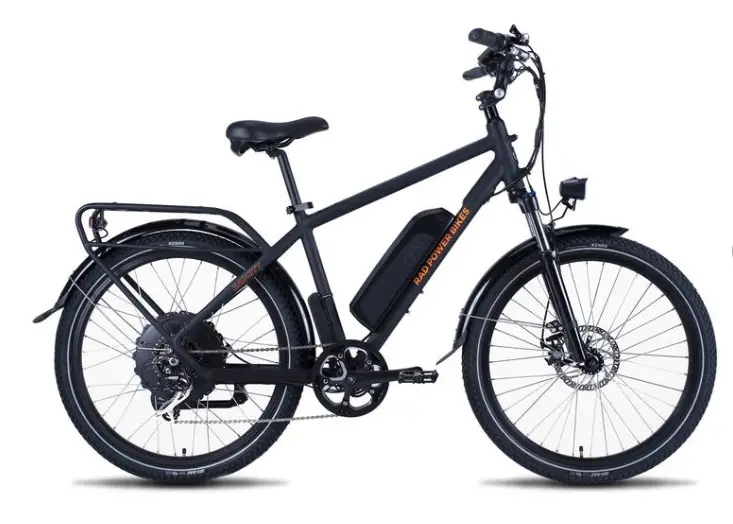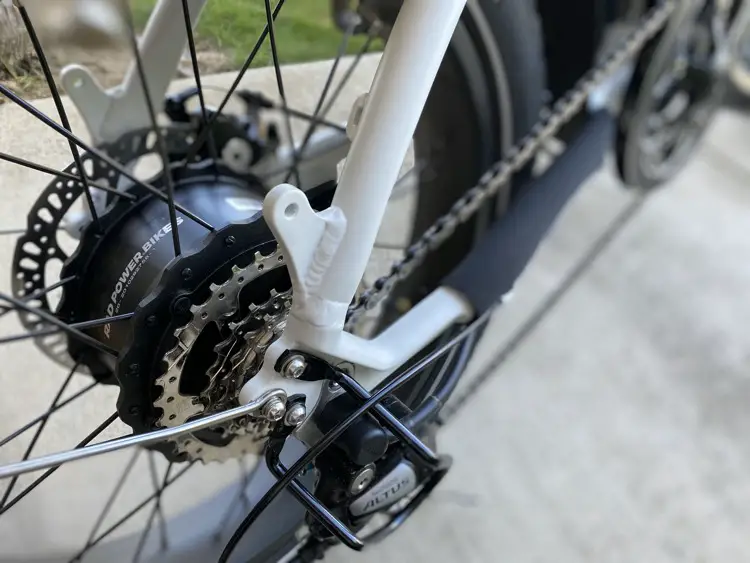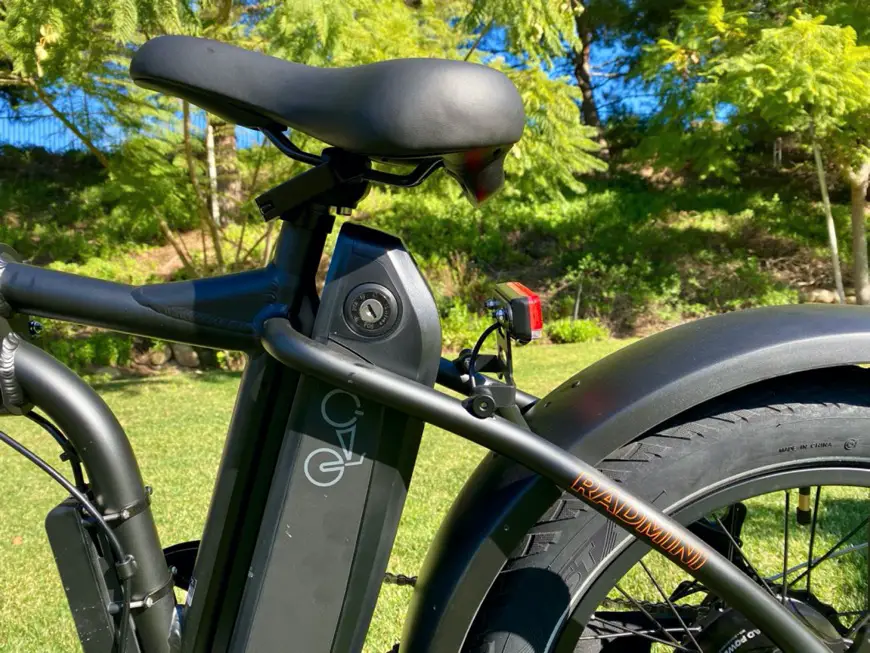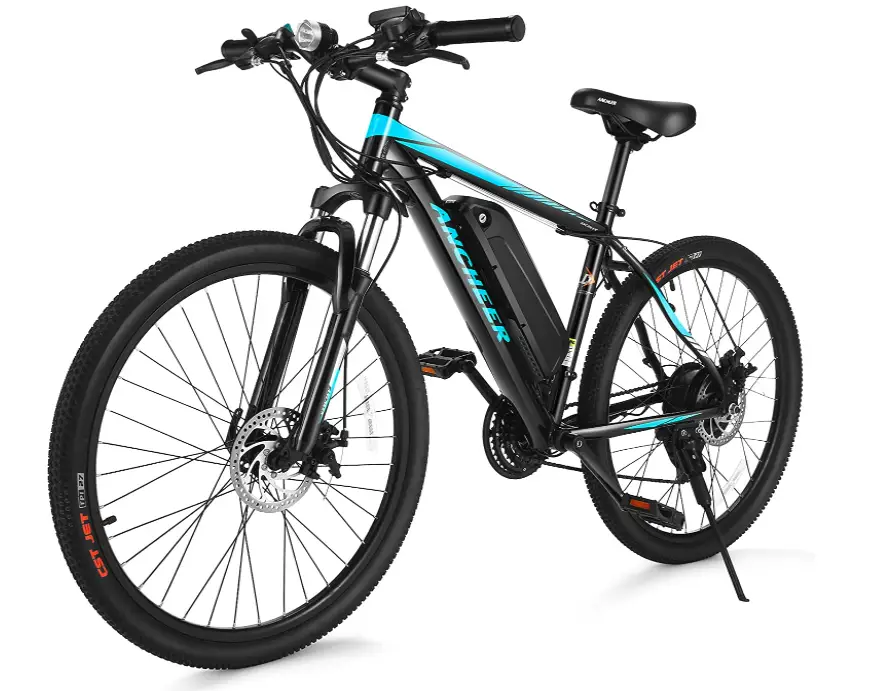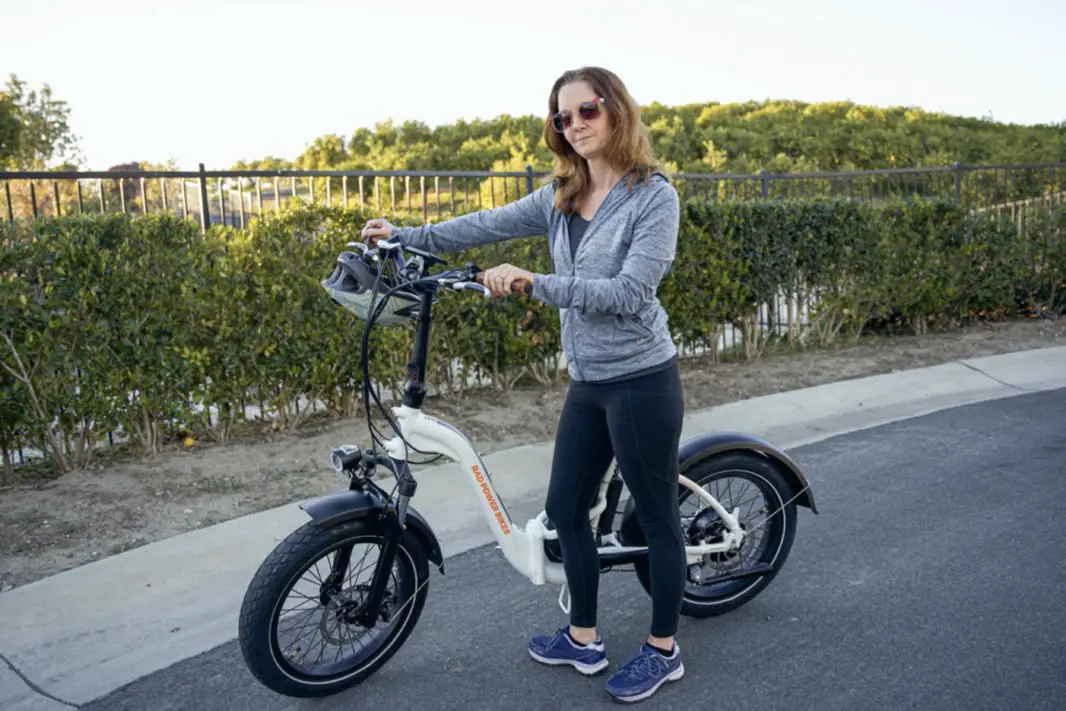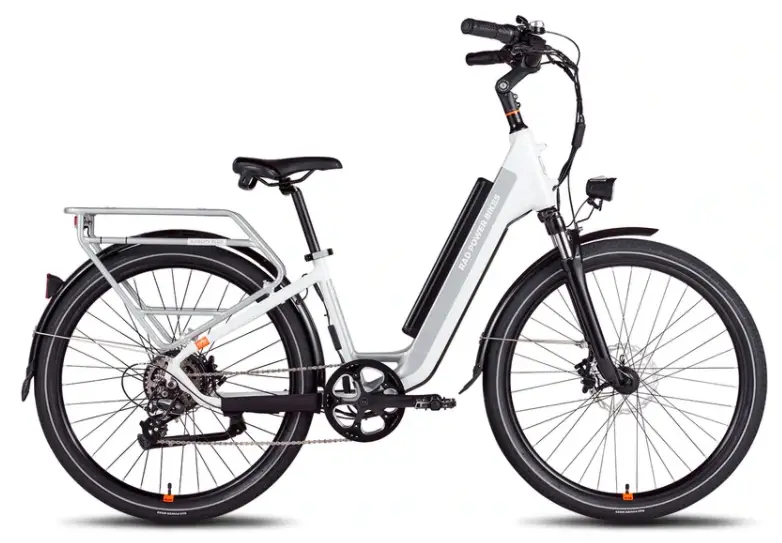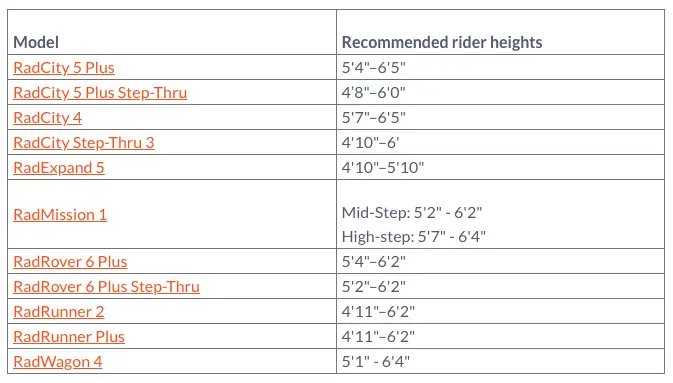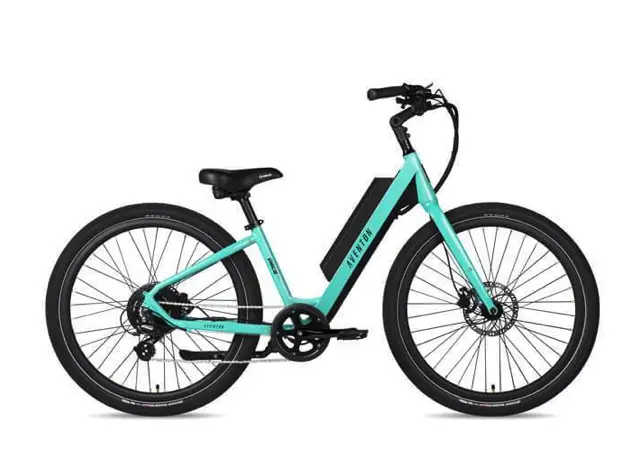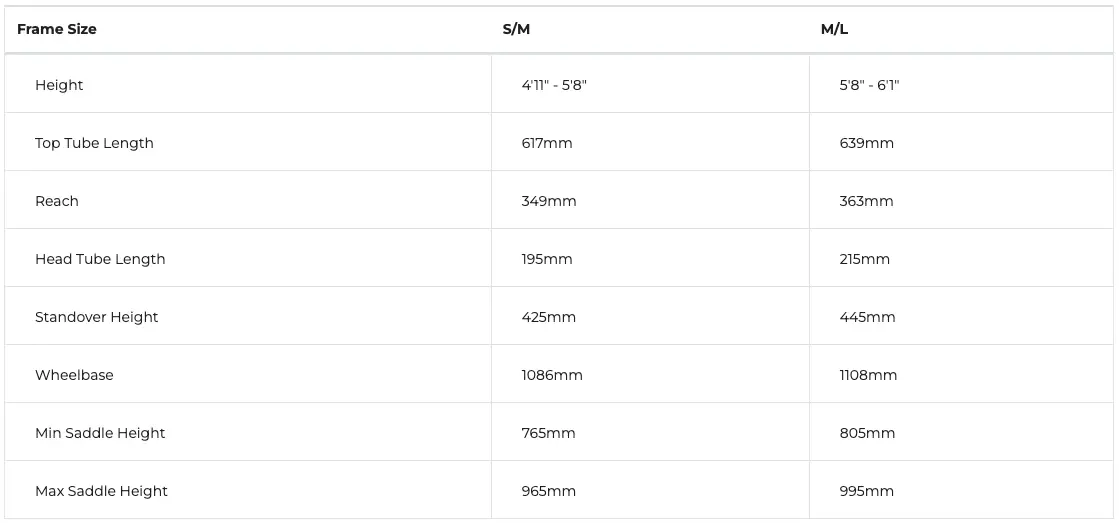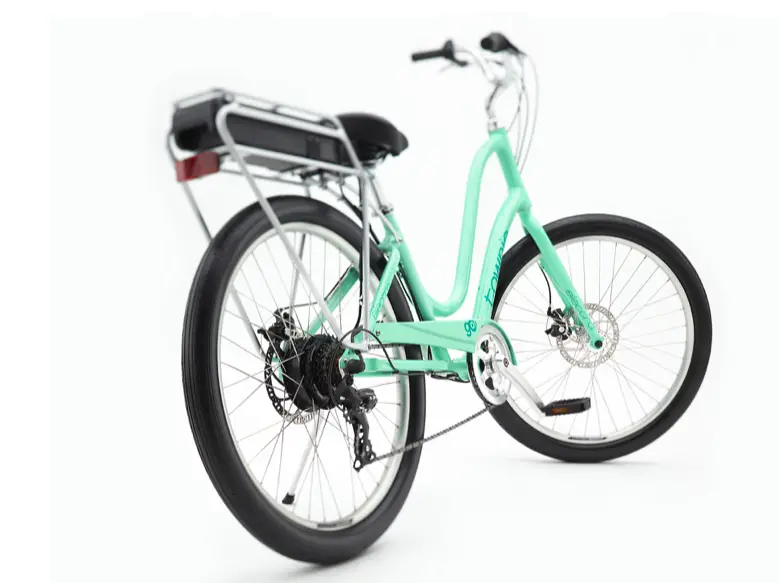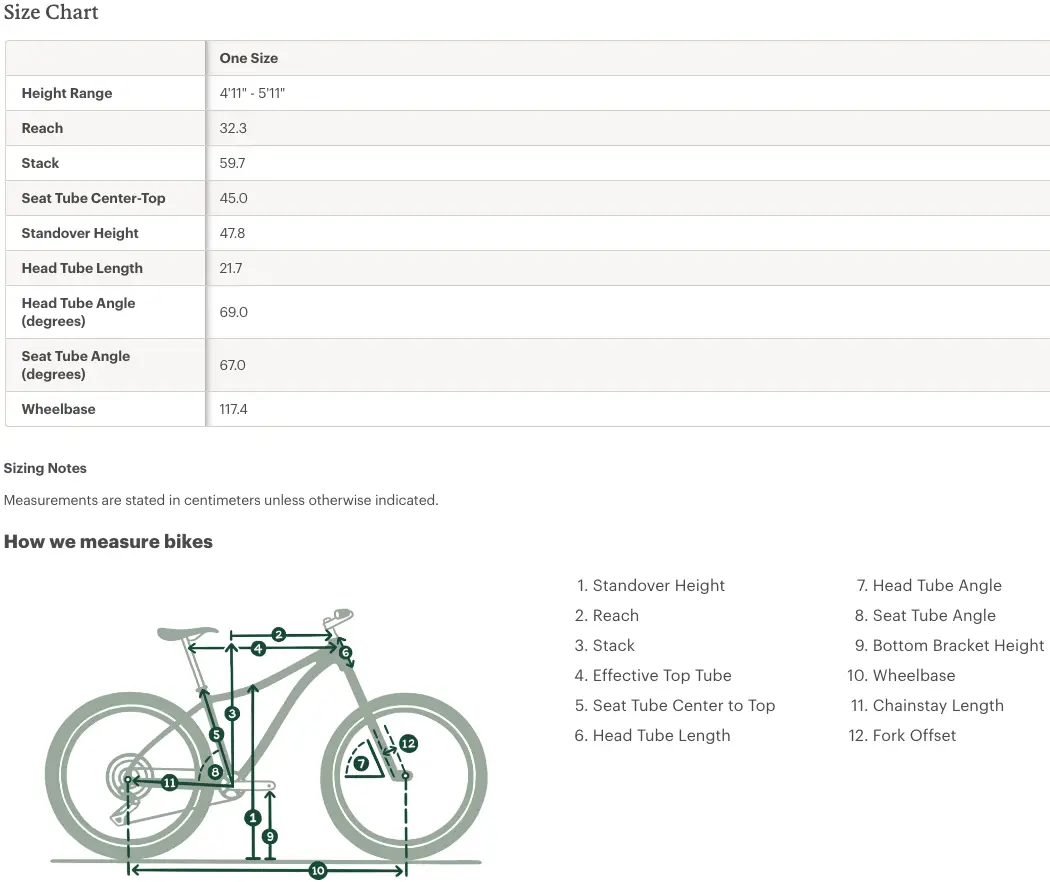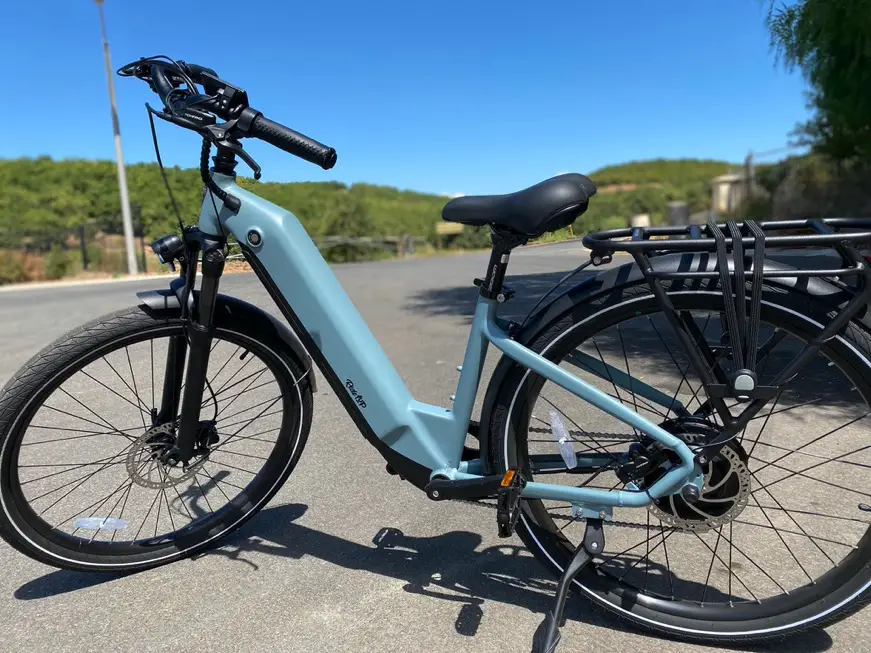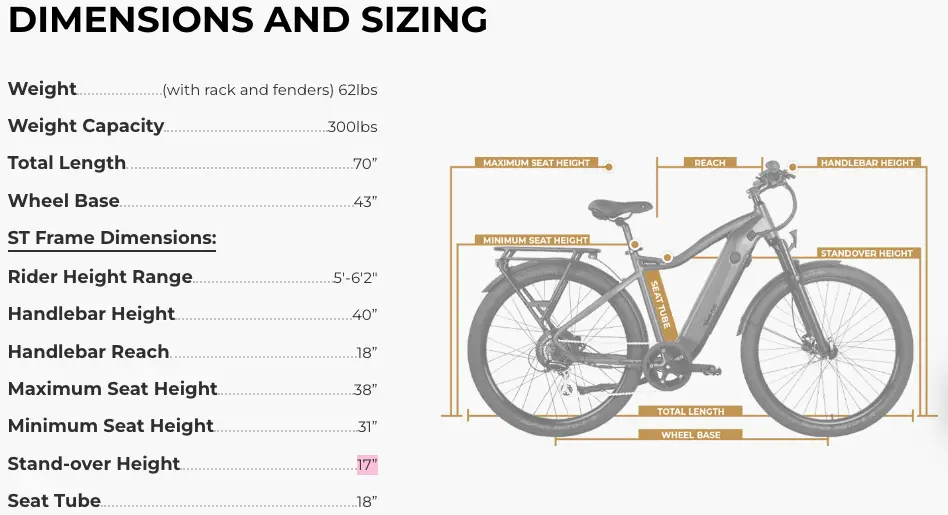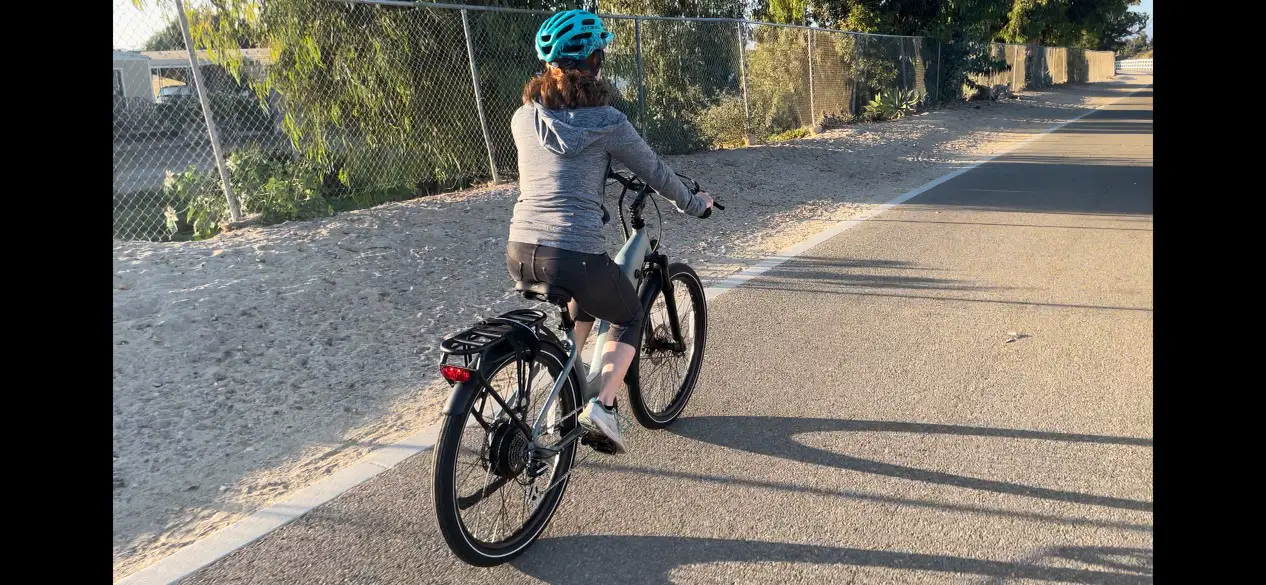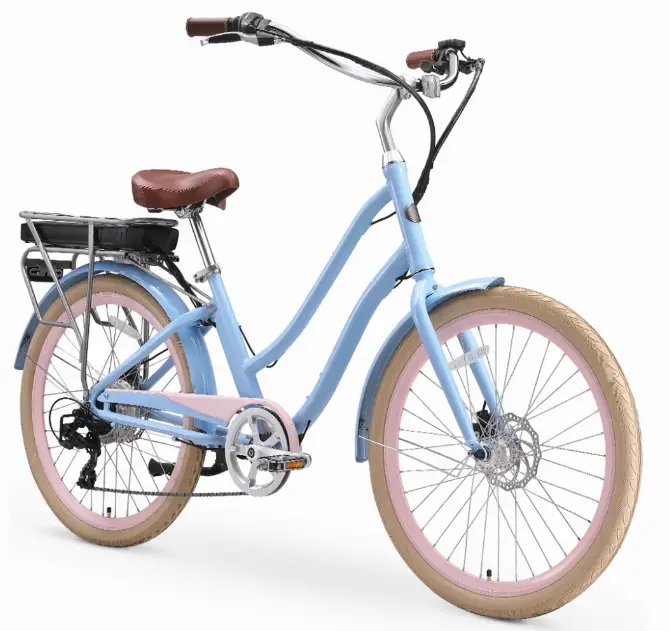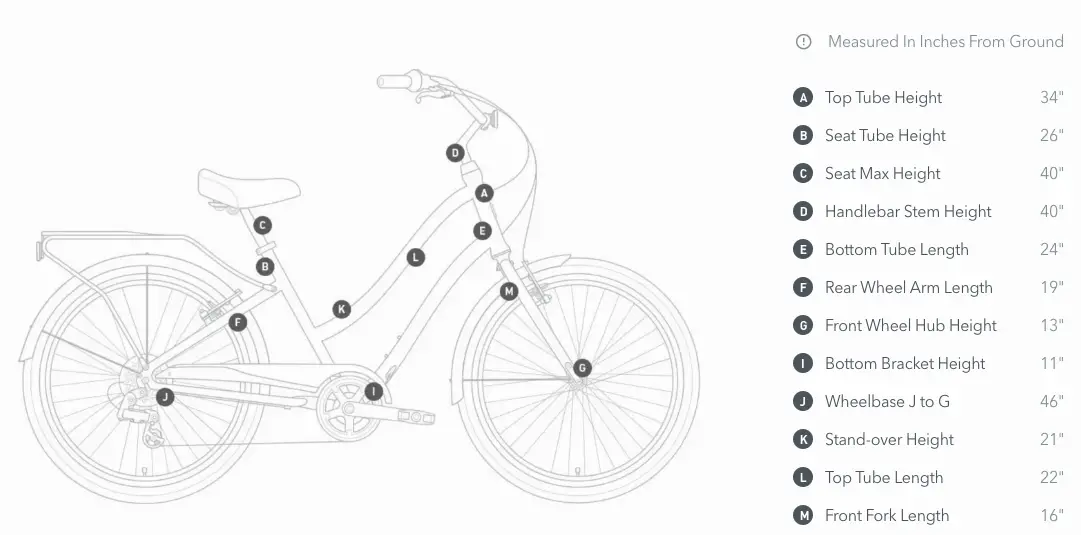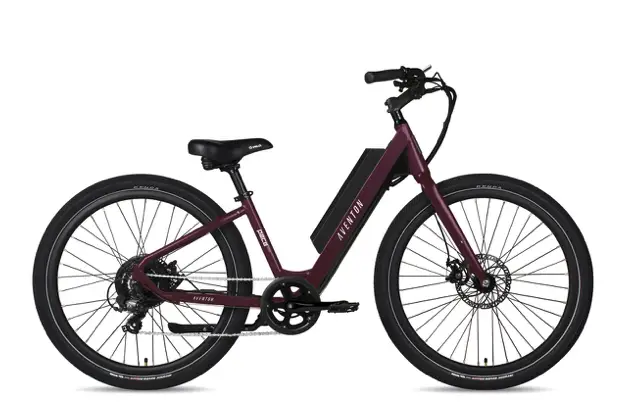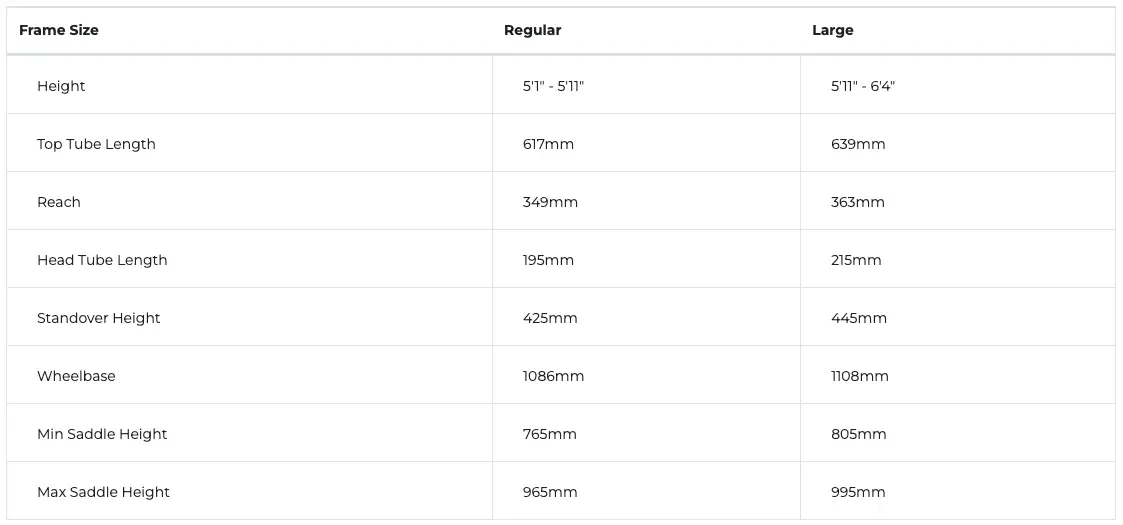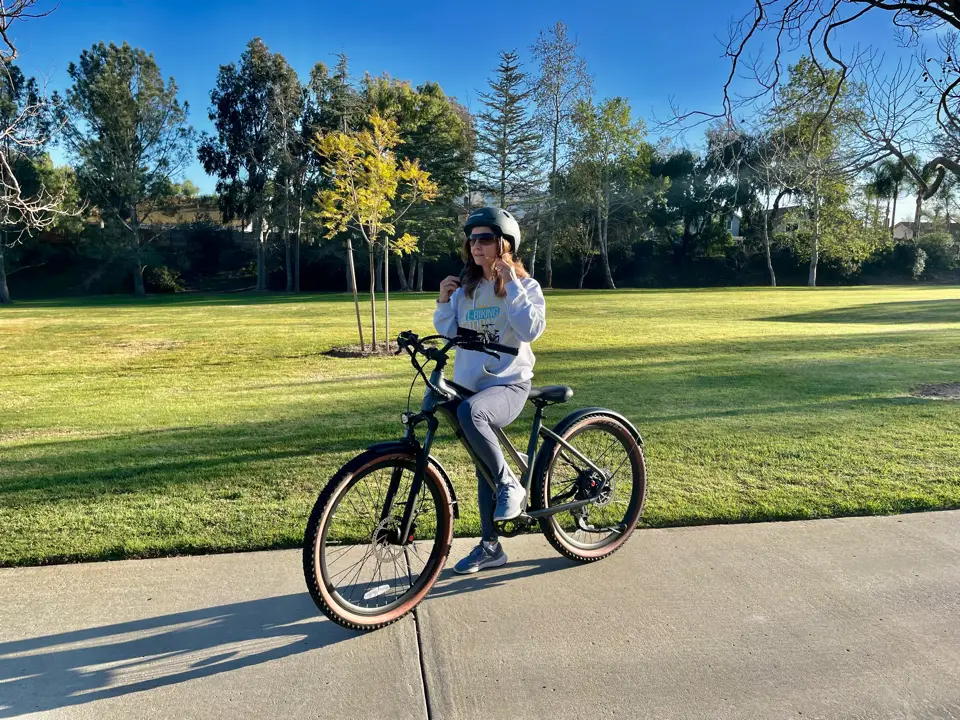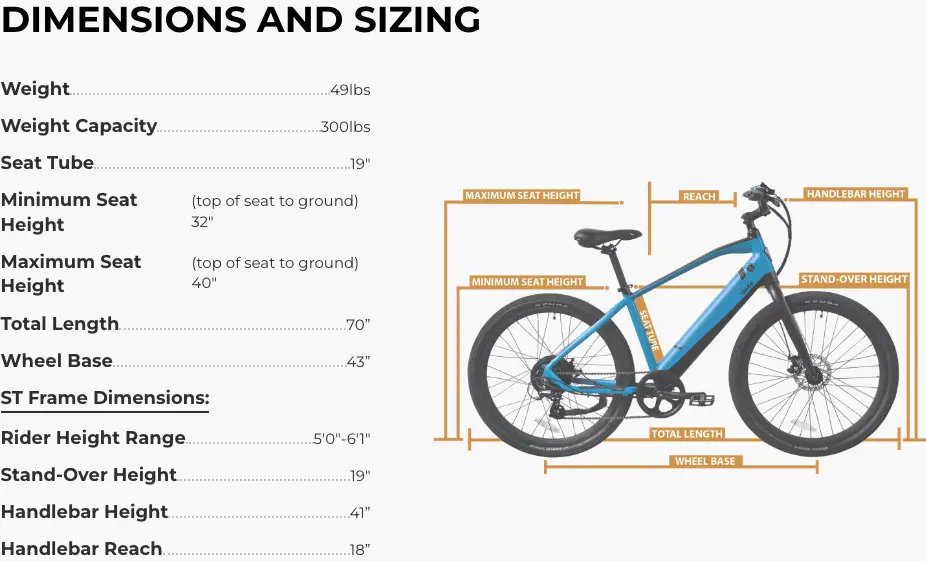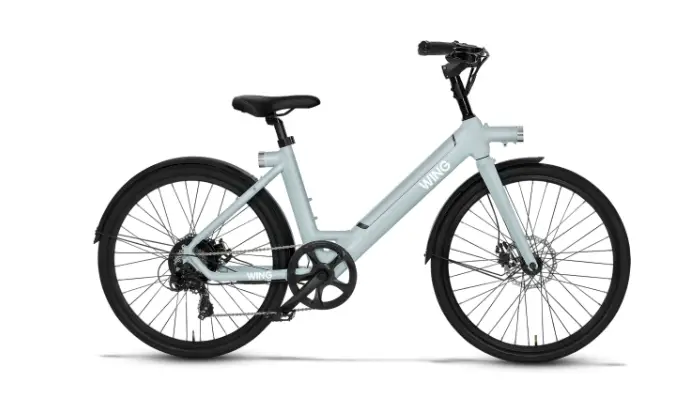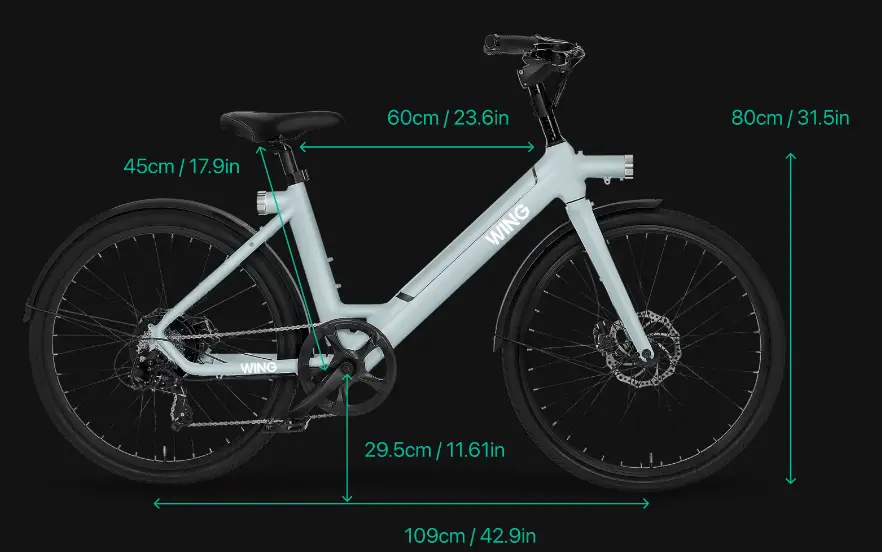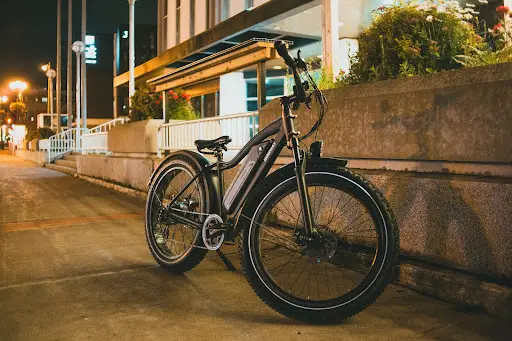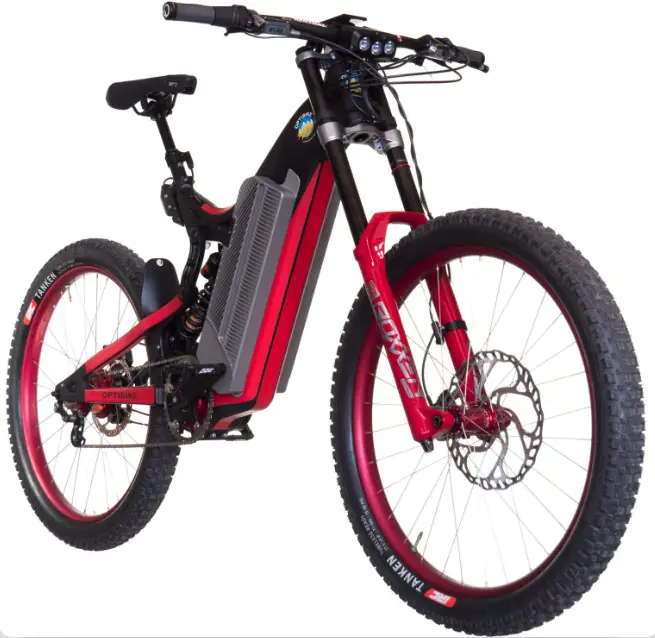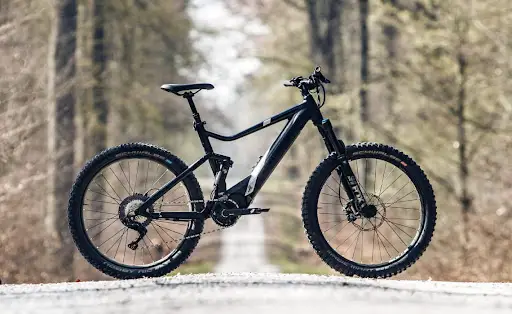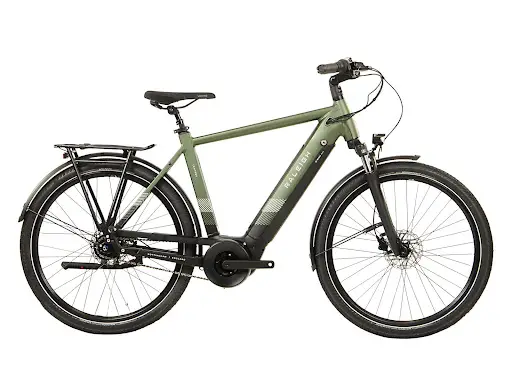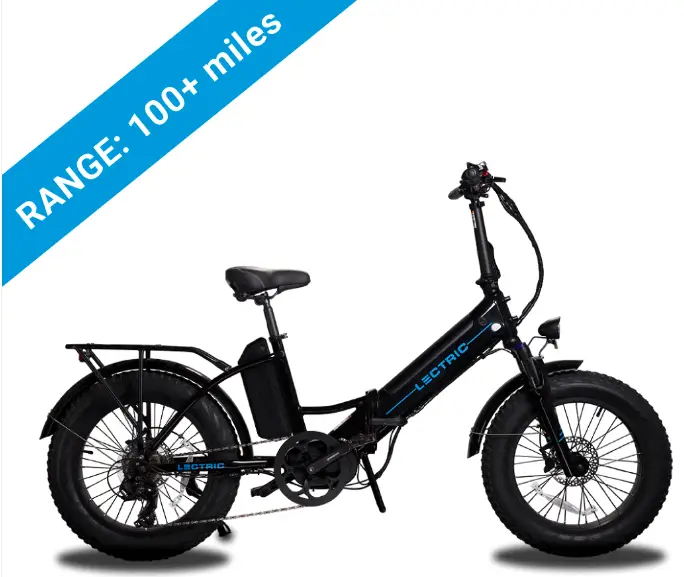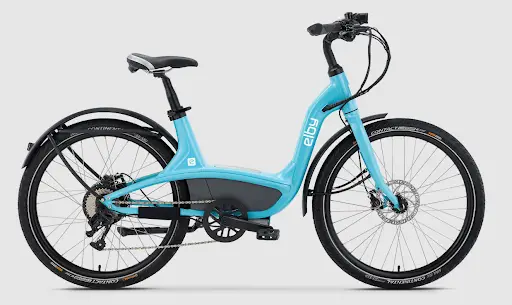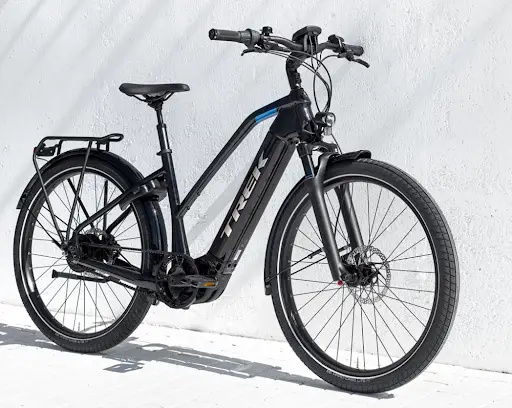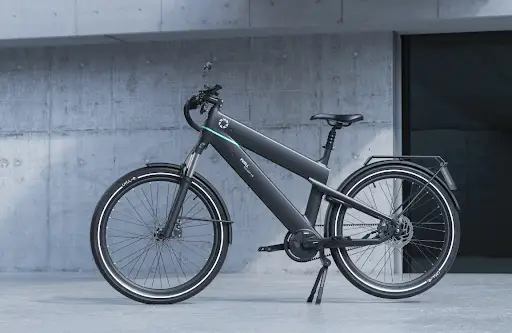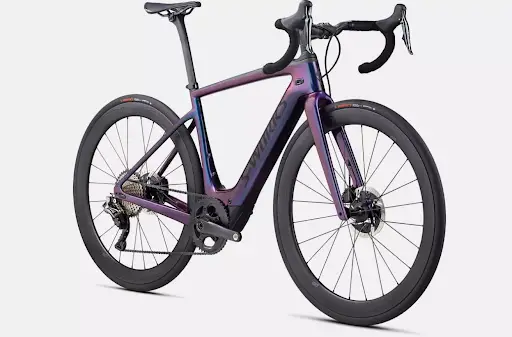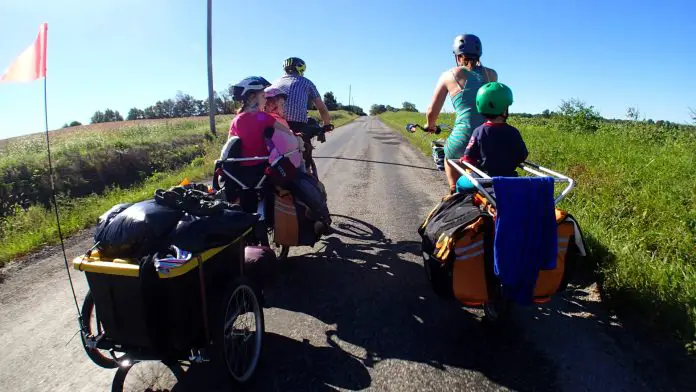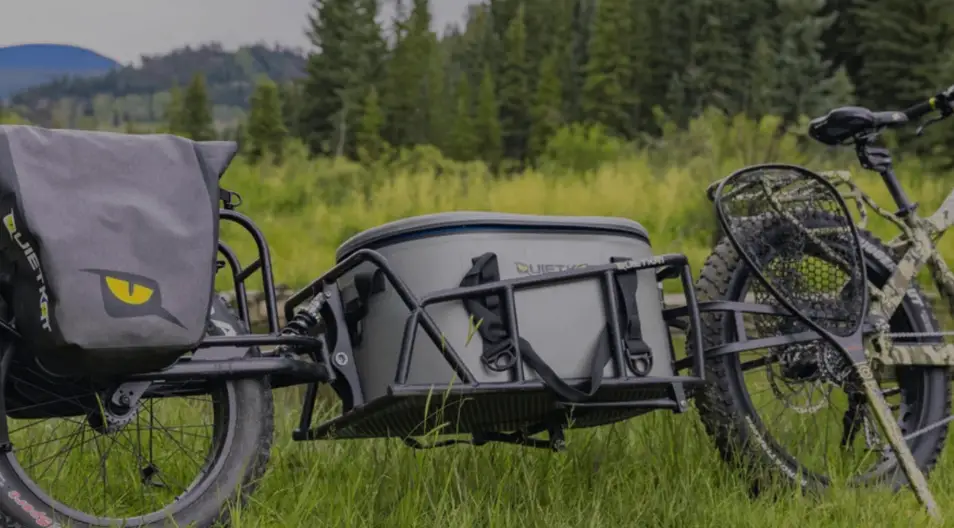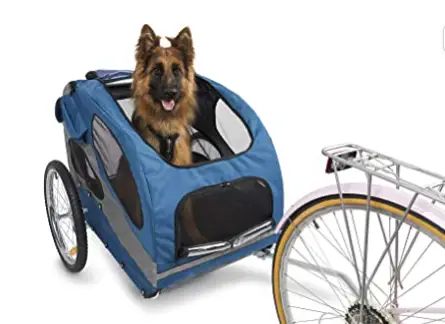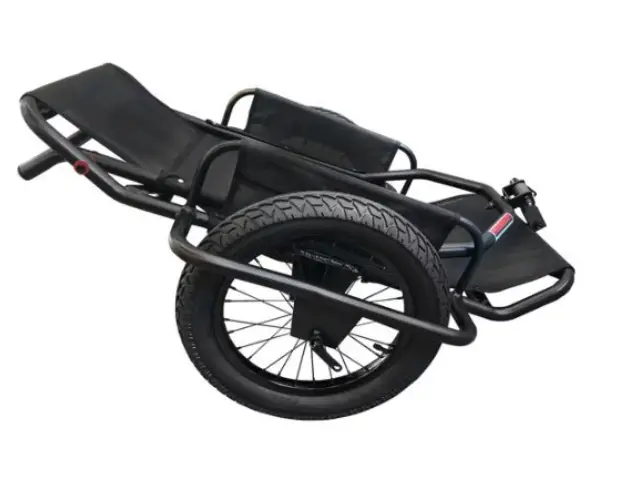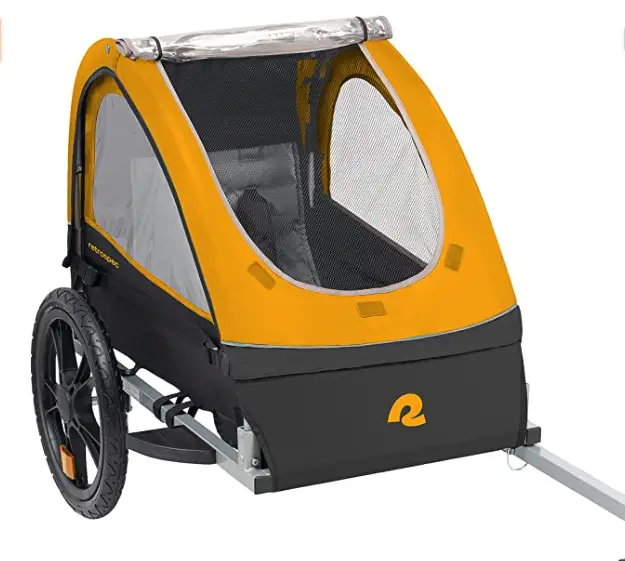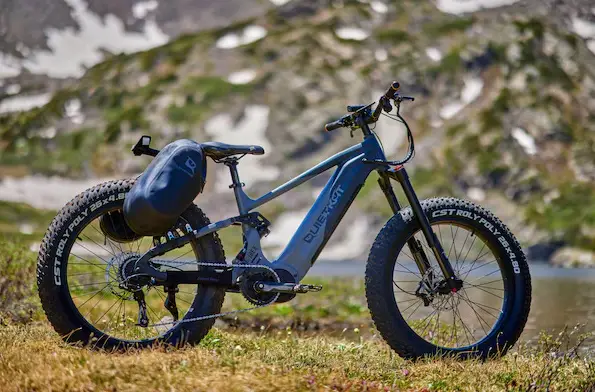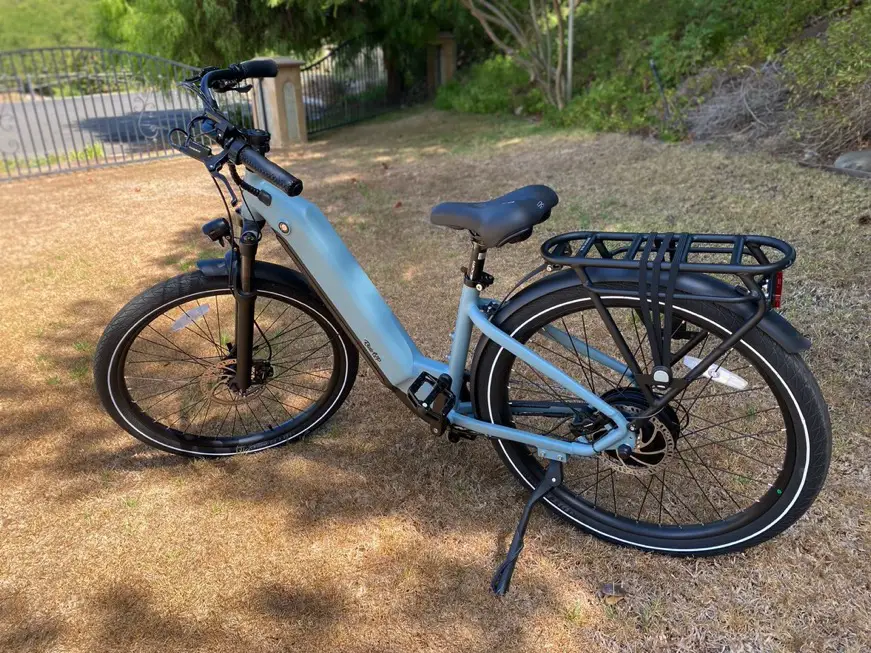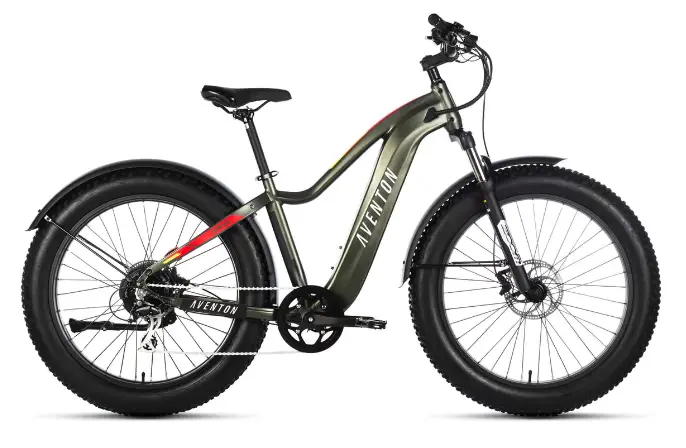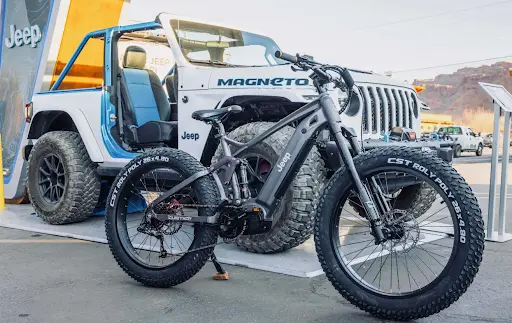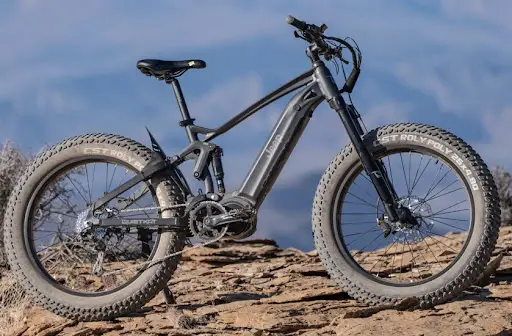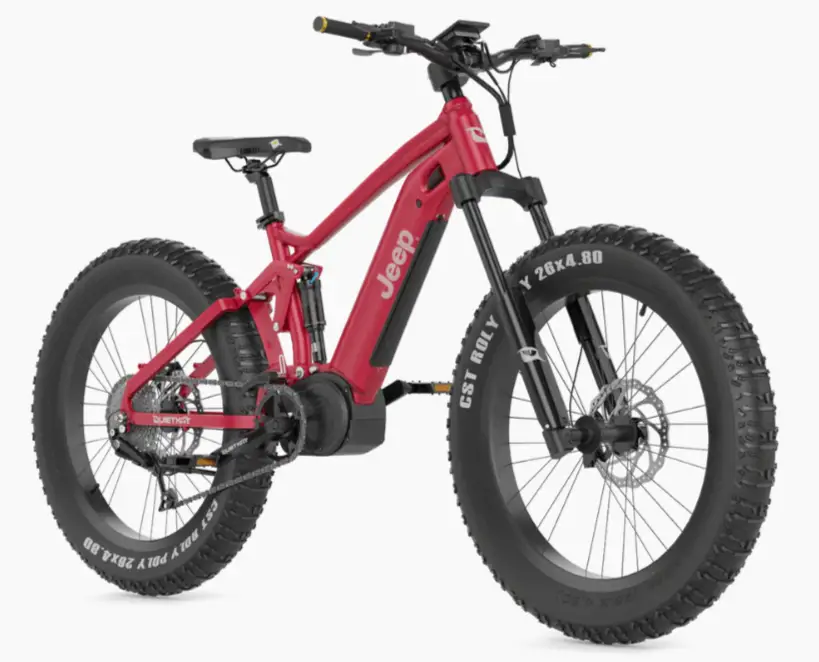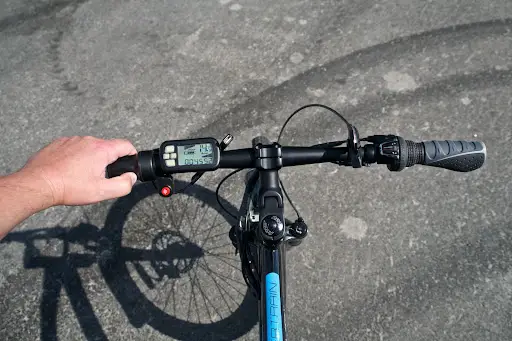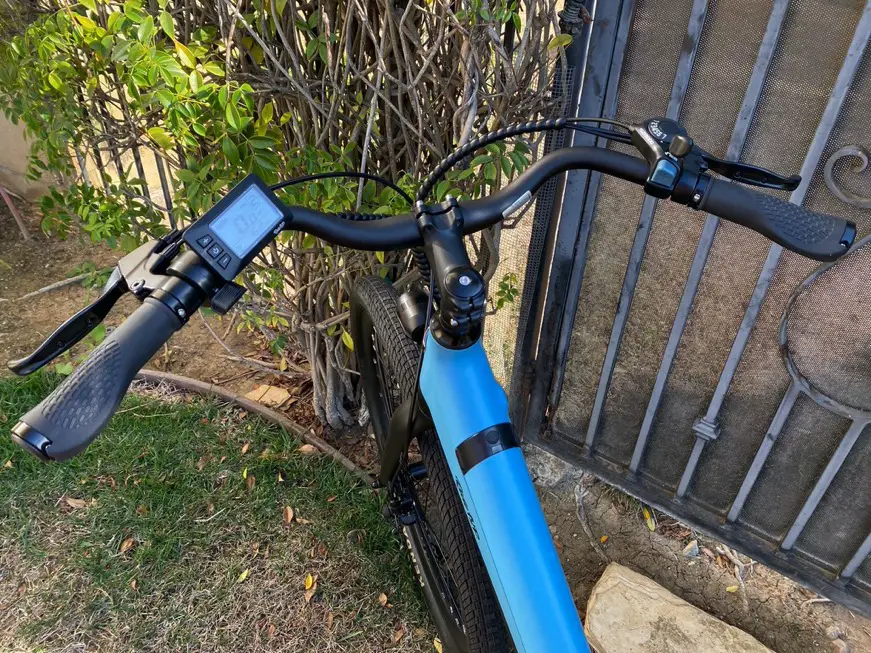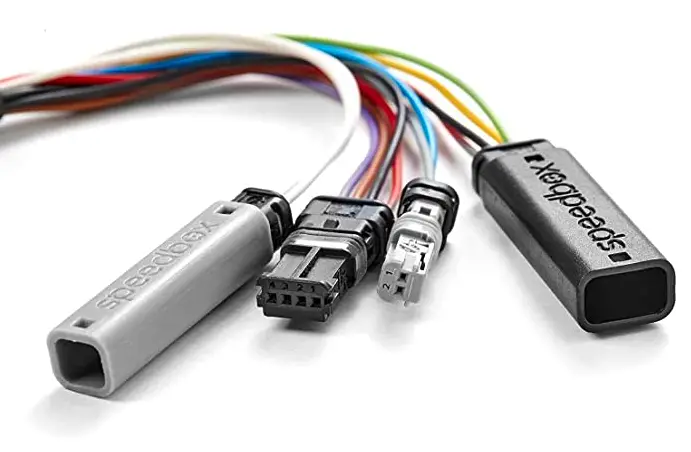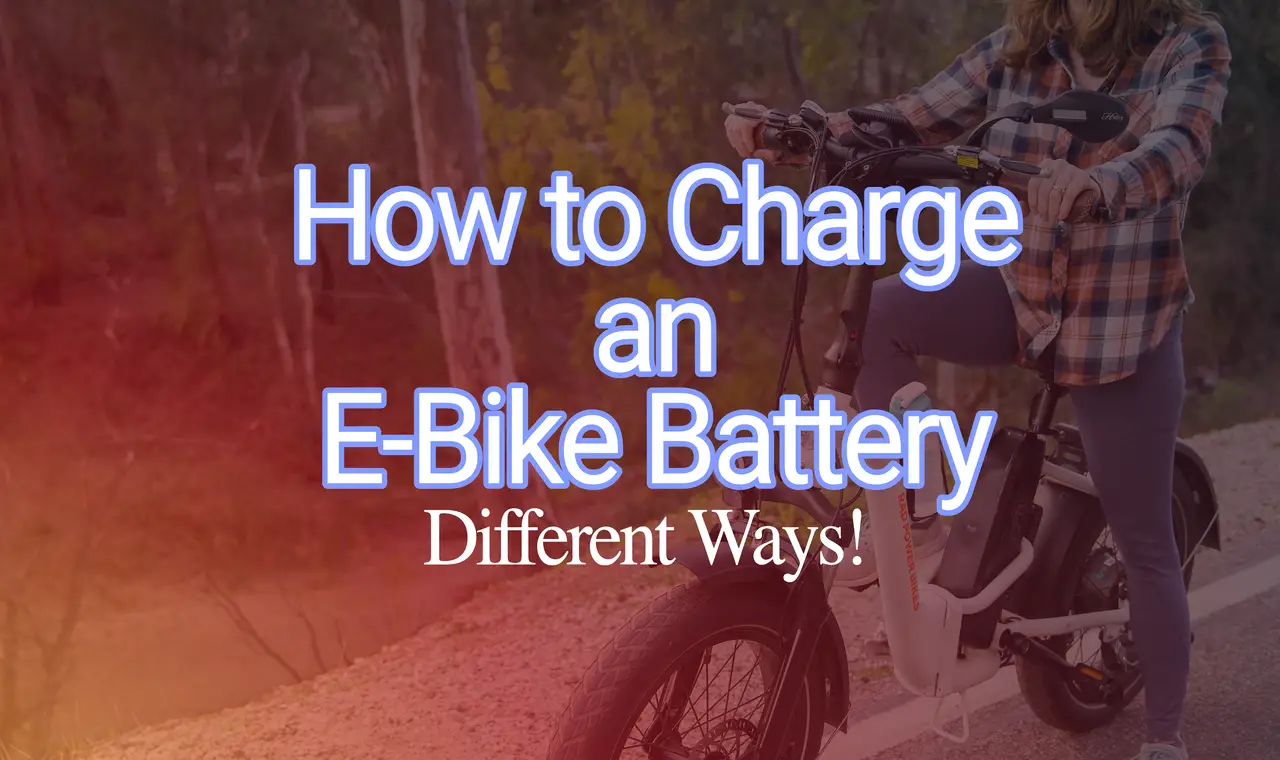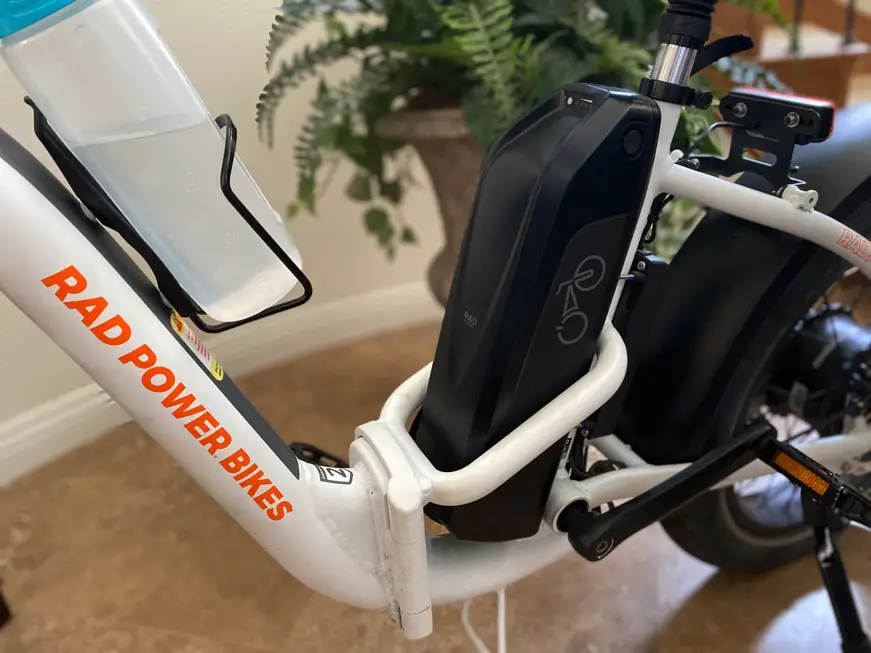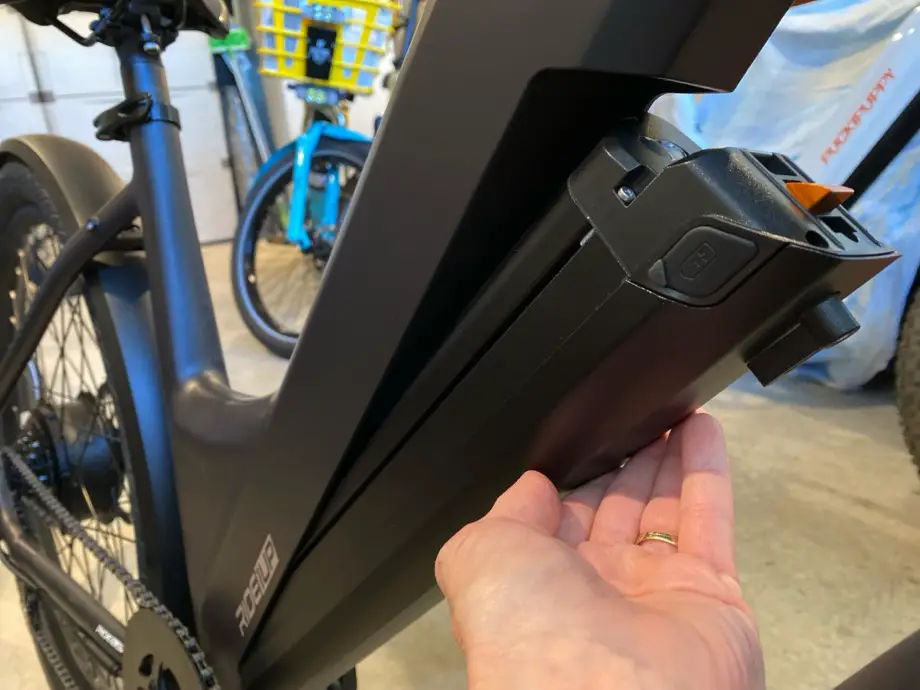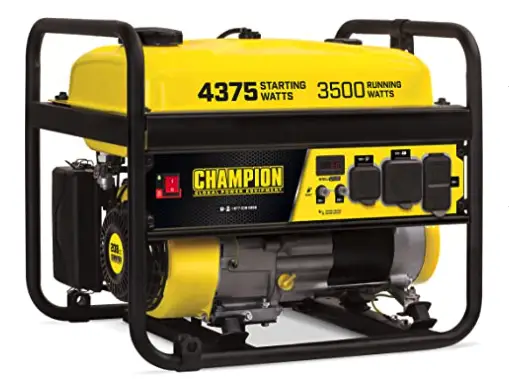Electric bikes provide tons of benefits over regular bikes. But they also add a few concerns since there are electric parts to take care of. Many people, for example, worry about what to do when the battery loses its charge (especially if you’re in the middle of a bike ride).
The first thing you should do if your electric bike battery dies while you’re riding is pull off the road to a safe spot. Next, you should check the battery for damage.
Is the battery overheated (feels super hot to the touch)? Or is it leaking acid or on fire? Yep! Then you have a problem. Fortunately, most often, there isn’t a reason for concern (other than getting back home). And there are some things that can be done to get back on the road again!
In this blog post, I’ll make sure you know what to do if your electric bike battery dies while you’re riding it (or in any other situation where the charge level is low). Further, I’ll tell you what you can do to plan ahead and what you should always have with you in case this unfortunate event happens.
Can You Ride Your Electric Bike if the Battery Dies?
Generally speaking, you can still ride an electric bike without power. However, since the battery is dead, it won’t provide electricity to the motor. Therefore you won’t have pedal assistance and it’ll be much harder to ride.
So, it may be difficult (or even impossible for some) to keep going.
If your e-bike has hydraulic brakes, they should keep working even if the battery stops working. Therefore, you can ride it like a regular bike by pedaling and applying the brakes to slow down.
It should go without saying that as soon as possible after noticing any problems with your electric bike’s power supply or battery pack, you should stop for safety reasons. Check the battery to prevent damage to your bicycle.
There’s a lot to learn about how e-bikes work… check out our guide to find out!
How to ride your e-bike home
Decide in advance how to ride your e-bike home if you lose all of the battery pack’s juice!
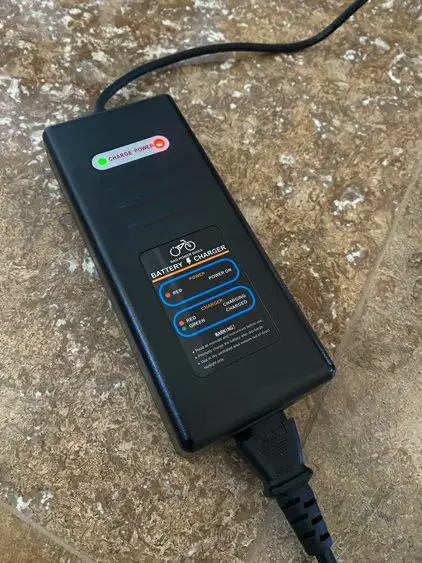
Here are your options:
1. If you have enough muscle power and don’t have a long ride home, you can pedal it.
You’ll find that the bike is harder to get moving and that you have to keep significant pressure on the pedals to make it move forward.
On the upside, you’ll get a very good workout! As most electric bikes are heavier than regular bikes, you’ll be pedaling the bike’s extra weight as well as your own!
That being said, I often ride my e-bike without any power assistance at all. I do this so I can build muscle in my leg and increase my cardio so I get good exercise. Of course, if I lost power and had to ride several miles home, it would still be quite difficult (especially due to the hills).
In other words, riding without a battery will be harder and you may not go as far. If you don’t have a long ride home, try pedaling without power for some added exercise!
Read our essential guide to e-bike fitness and health for more info!
To make riding home easier, may want to take a different route than you had planned. Consider using small detours that avoid large obstacles (like steep hills, dirt trails, or gravel) along your route where possible.
It might also be helpful to remove the battery pack from your bike and put it in your backpack to reduce some weight from the bike itself.
2. Another option when your battery dies while riding is to push your e-bike home.
Depending on your physical strength, this may not be a good option. It’ll require a good deal of upper body strength. Plus, you’ll be pushing at an angle because you’ll be off to one side of the heavier-than-normal electric bike.
If you have to push for a long time, this could get very tiring. It might even cause an injury (due to twisting your body unnaturally while applying pressure to move the bike with your hands).
Further, safety is a concern when on a busy or fast road.
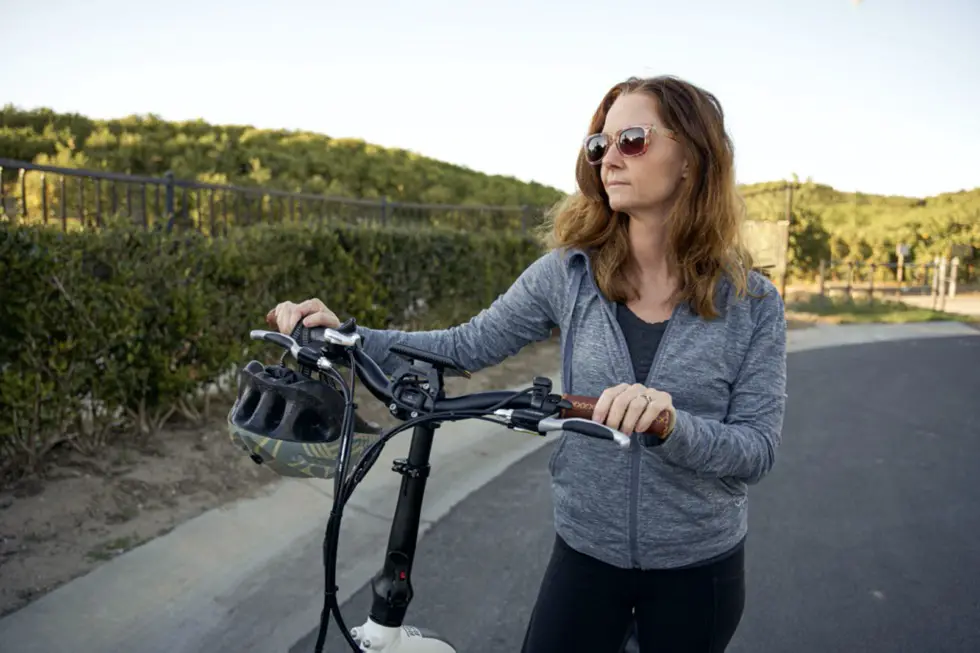
3. Call for help (better prepare in advance)
If you just can’t ride your electric bike home, you can ask for help. Have phone numbers of friends and family who are available to help and can fit your bike in their car. Or you might ask someone to let you charge the e-bike battery with their car battery (but make sure to know the correct way to do this so you don’t damage your battery).
Obviously, this means you should always have your phone with you (Amazon link) when you ride (and have it charged!).
4. Hitchhike back home
Okay now, this is not really being suggested. I would never do it and I wouldn’t recommend it. Besides, you’d have to find someone willing to pick up you AND your big electric bike!
The Bottom Line: It’s possible to ride your electric bike without power, but you’ll use more physical effort and get tired more easily. If your battery dies while riding, the general rule of thumb is that you can still pedal it home- just be prepared for some heavy sweating!
What Are the Symptoms of a Dead Battery
You’ll know your bike’s battery is dead when the bike’s LED display turns off and you can’t shift the electric gears. Additionally, a throttle will not provide any power.
When your battery is dead, there will be no power on the bike at all.
So, your electric headlight and brake light won’t turn on. And you won’t be able to charge your phone (if your e-bike comes with a USB port).
How to test your battery
If you’re not sure whether your battery is working properly, you should test it.
First, disconnect it from your bike. Second, use a multimeter (Amazon link) and attach it to both sides of the battery terminals. A low reading will indicate that it’s not working well. If the reading is good, then it may not be your battery at all. Rather, you’ll want to see if the problem is with the e-bike’s controller.
Learn about your e-bike controller and how to test it!
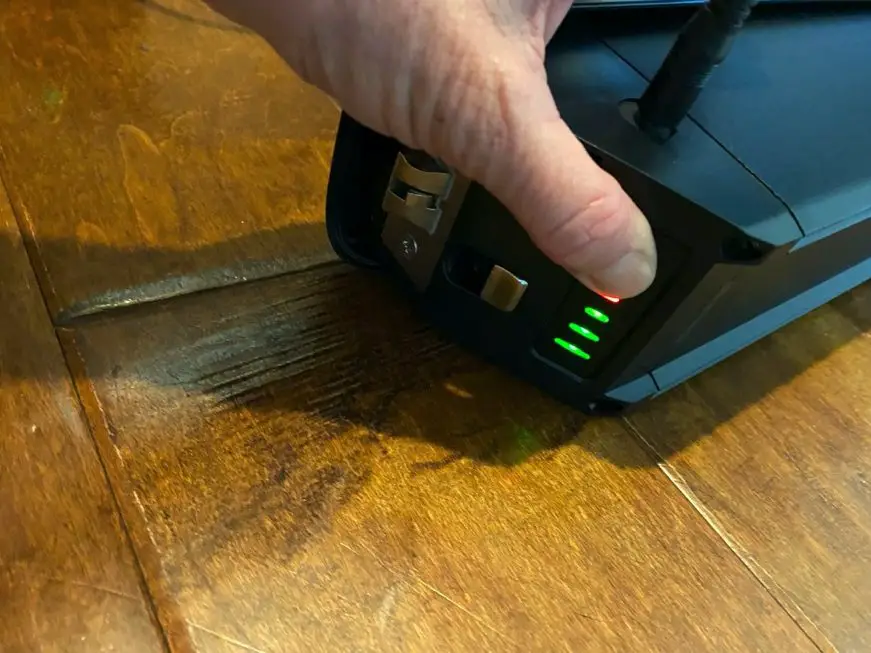
How Do I Revive My Electric Bike Battery
Okay, so now what? Your battery has died and you still need to get home.
The best way to revive your e-bike battery is to simply recharge it using the charger that came with the bike.
Naturally, this means carrying your battery charger with you and riding near buildings with electricity and available wall outlets. You can usually charge your battery at fire stations, libraries, coffee houses, and other public buildings.
If you’re riding your electric bike out in the country when the battery pack loses its charge, having your plug-in charger won’t help you much. So, if you intend to make these kinds of rides, you should carry an extra, fully-charged battery with you.
In all cases, plan ahead! Make sure your battery is in working order and you have the supplies you need to be able to ride as far as you need to.
How to charge a dead e-bike battery
Charging a dead battery is a simple solution if you have access to a wall outlet.
Plug the charger into your ebike. Then plug it into an electric socket. Most electric bike batteries have a USB charging port on them.
When should I replace the battery in my electric bike?
You should be able to revive a dead battery within six hours using this method. But, if after 12 hours nothing has happened, it’s possible that your battery is completely dead (or your charger isn’t working).
You can find chargers and extra batteries for your e-bike on Amazon, eBay, and other online retailers. It’s best to purchase a battery that is recommended by the manufacturer or meets the exact specifications (same number of volts and amps).
If you don’t have access to a wall outlet, and/or you don’t have the charger that comes with the bike, then you’ll need to buy a new charger.
Need to replace your battery? Make sure it’s the correct size!
Tips to Make Sure Your Electric Bike Battery Doesn’t Die While Riding
If you’re concerned about your electric bike battery losing its charge while you’re riding, there are several things you can do to avoid this:
Check your batteries charge before (and after) each ride
If you’re going on a long or hilly ride, it should be charged 100%. But plan ahead!
Check your battery the day before your ride to make sure it has time to fully charge. Don’t wait until you’re about to leave. You may decide you can take your ride on an 80% charged battery, only to realize you made a mistake later (while you’re sitting on a dirt road with a dead battery).
This scenario is also why it’s not a bad idea to check the level of your battery after each ride as well… so there are no surprises!
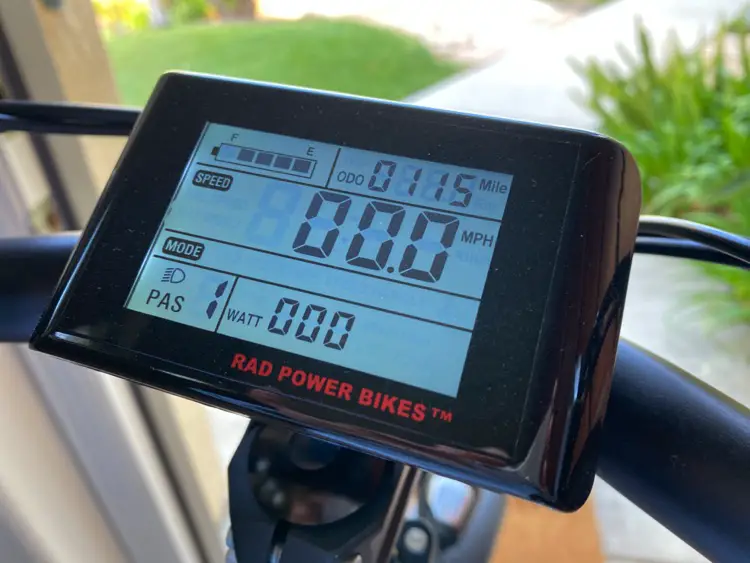
Ride locally when your e-bike and battery are new to get an idea of your bike’s range.
The range will depend on several factors, including the quality of the battery, motor, your use of electric pedal assist, weight on the bike, wind, and riding terrain.
For instance, if you’ll be going up many hills or riding on rough bike paths, you’ll likely use more electric assistance than you would if riding on a flat, paved road.
Charge your battery regularly for the best performance!
You don’t need to charge it every day (and generally shouldn’t… read below). But don’t overcharge it by leaving it constantly plugged into an outlet or by recharging it every few miles you ride.
The best way to take care of an e-bike battery is to ride your bike a few times per week so that it needs to be charged in order to ride again.
Get more e-bike battery charging tips: Read this!
Keep your battery charged correctly
If riding often, keep it charged to 80% or 90% (but do charge it to 100% if you’ll be going for a long ride).
If riding infrequently, it’s best to keep your charge somewhere between 40-70%. Keeping it fully charged while in storage can actually decrease its lifespan!
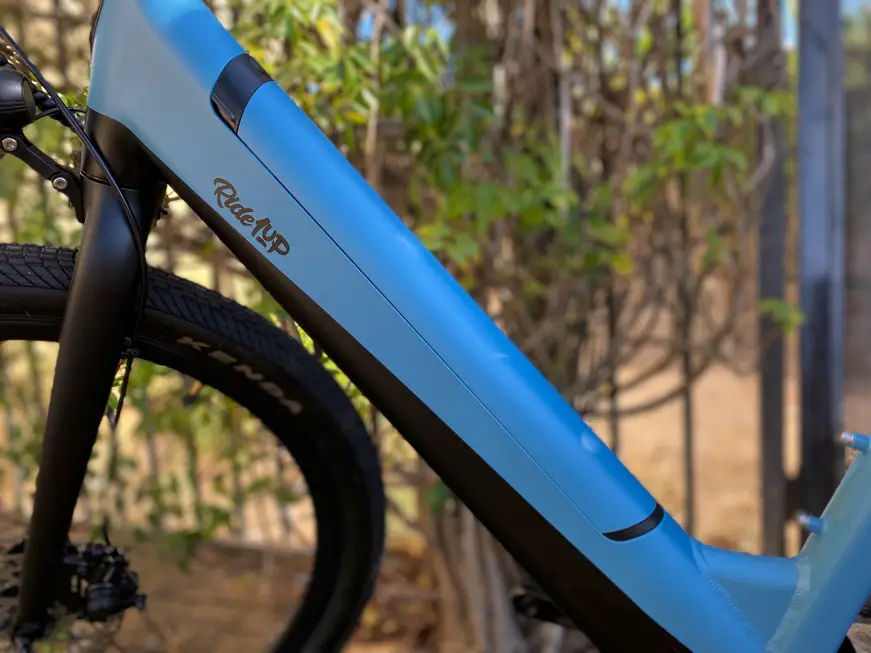
Protect your battery from heat and cold (like you would your child!)
In general, 60-70 degrees Fahrenheit is a perfect climate for your battery. We all typically feel our best in this temperature. So, just treat it as you would your own child and it’ll be well taken care of.
But more importantly, don’t charge the battery when it’s below freezing or pushing 110 degrees Fahrenheit!
Still worried about running out of charge in the middle of your ride? Consider using solar power on your e-bike!
In Conclusion
Although being concerned about your battery dying while riding your electric bike is a common concern, it doesn’t really need to be.
With a little planning and the right extra equipment, you won’t have to stress when you’re on a long ride! I recommend always riding long distances with a fully charged battery, carrying your charger with you, and if practical, having an extra battery.
However, if your ebike battery is old, you might want to check out the cost of a new battery.

